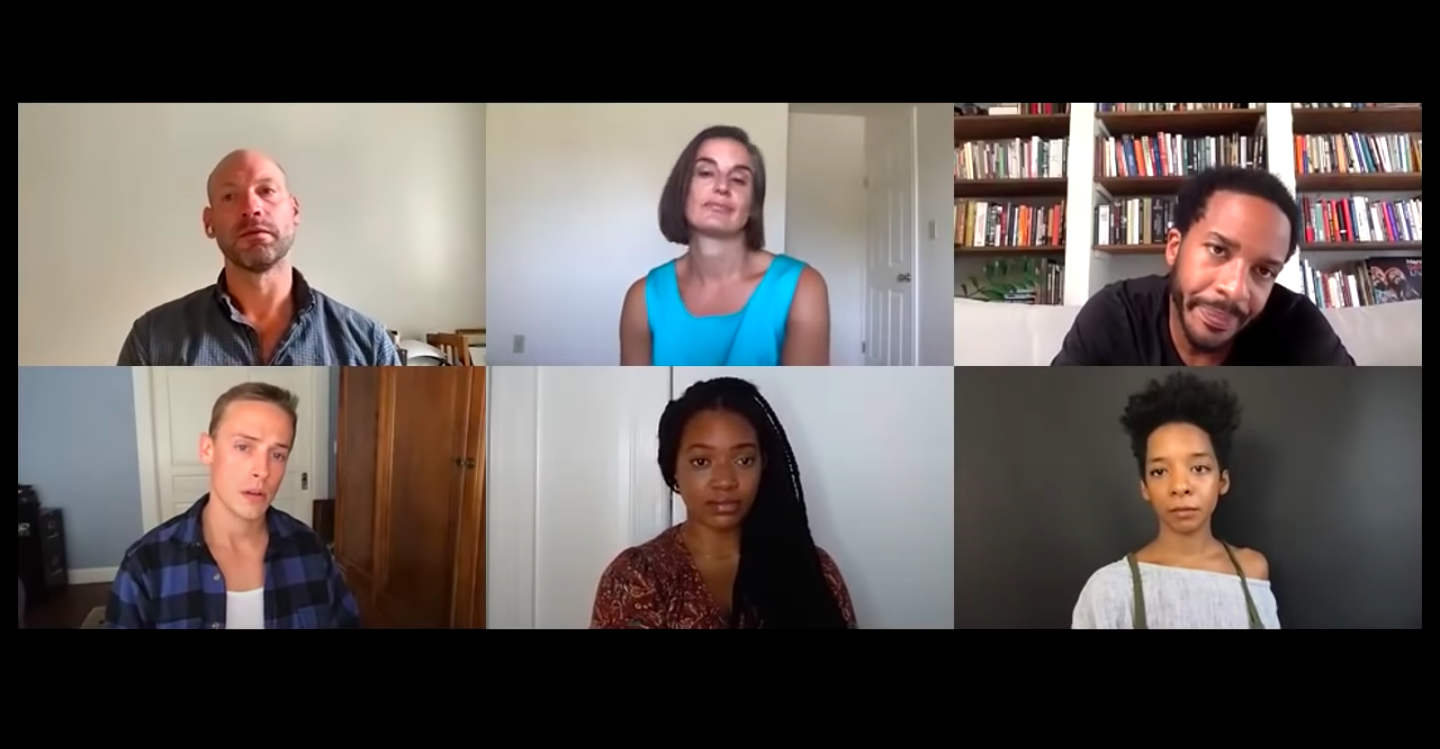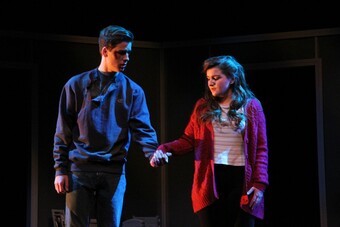Paula Vogel was home in bed, feeling deadly ill and miserable, when she came up with the idea for Bard at the Gate.
It was March 2020, and all theatre had been shut down because of the COVID-19 pandemic. She had been in New York to rehearse her play How I Learned To Drive, which won the Pulitzer Prize for Drama in 1998 but had taken twenty-two years to get to Broadway—except now it wasn’t getting there because everything was abruptly canceled. By the time she returned home to Wellfleet, Massachusetts, she had also gotten sick; it was not COVID, but she didn’t know that until later.
Thus, doubly frustrated and wondering if she’d ever see theatre again, she started thinking of all the plays she had loved to read that had not gotten their due; some had never even been produced. She thought of Kernel of Sanity, a three-character play about racism in white American theatre that Kermit Frazier had written way back in 1978, which no theatre had ever agreed to put on. Then there was Eisa Davis’ play Bulrusher about a multiracial orphan with the gift of clairvoyance growing up in the redwood country north of San Francisco who has a life-changing encounter with a newcomer, a Black girl from Alabama. This play had been produced, but for just a brief run Off-Off-Broadway in 2006. Vogel loved that play, so much so that serving on the Pulitzer jury, she pushed for it to get the prize for drama. The other jurors agreed, but the Pulitzer board ignored their recommendation.
Remembering all this, Vogel called up her friend Sam Rudy, a theatre publicist whose opinion she trusts, and asked him: “Would it be a good idea to make digital theatre productions of these plays I love and put them up for free on YouTube?” Sam listened and went: “We have to do this.” Using her last royalty check of twelve thousand dollars from the Broadway production of her play Indecent, she created Bard at the Gate, a virtual reading series. She put up three plays on YouTube within the next six months, including Kernel of Sanity and Bulrusher, with remarkably starry casts. (After all, what else was anybody doing?) They attracted relatively huge traffic. Over the four days they were allowed by union rules to show Kernel of Sanity, it drew eleven thousand viewers from all over the world.
Paula Vogel’s series was, of course, far from the only digital theatre project to be born out of the misery of the pandemic shutdown. Over the year and a half when there was virtually no in-person productions, the entire theatre community seemed to be engaging with some form of digital theatre, be it streaming of archival recordings that were not initially meant to be presented to the public, online panels (webinars), or celebrity variety shows like Seth Rudetsky and James Wesley’s Stars in the House that doubled as fundraisers (net-a-thons). But above all, Zoom plays, whether virtual anthologies of new dramas and comedies no more than a few minutes long, or, like Bard at the Gate, digital productions of full-length plays.









Comments
The article is just the start of the conversation—we want to know what you think about this subject, too! HowlRound is a space for knowledge-sharing, and we welcome spirited, thoughtful, and on-topic dialogue. Find our full comments policy here